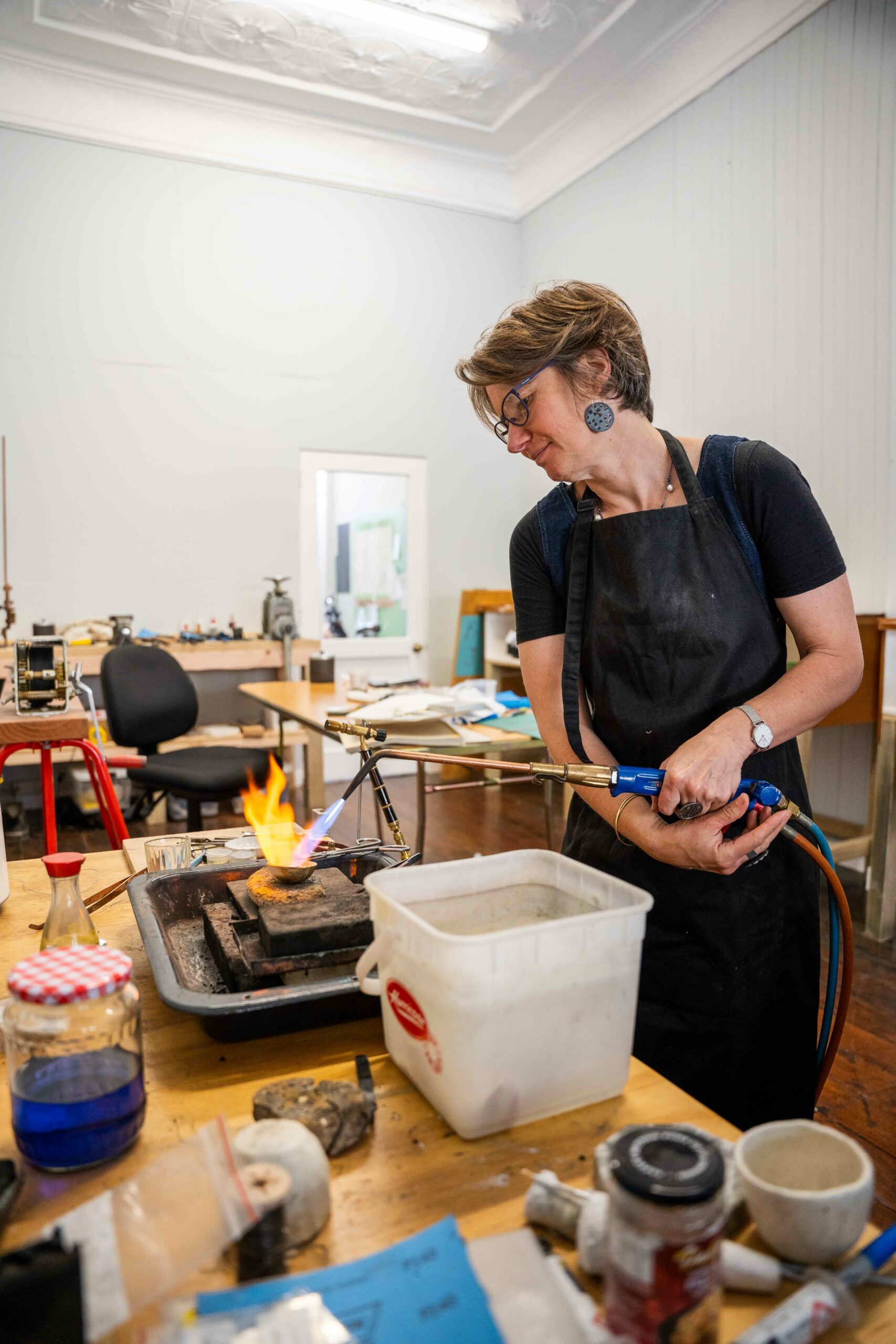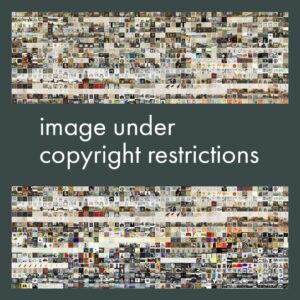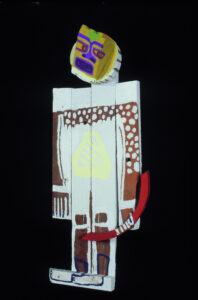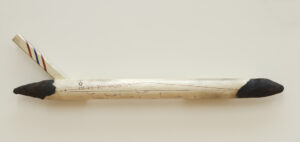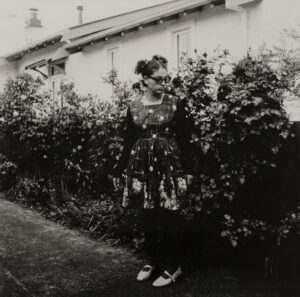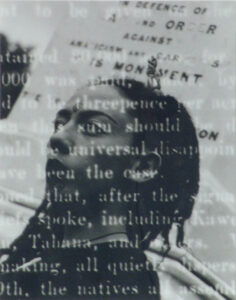This is the first Ōku Kōwhiri – My Choice we’ve had for a while and we’re pleased that local maker Frances Stachl (Ngāpuhi) has taken up the mantle for this autumn edition. In this online exhibition series a member of our community is invited to browse our online collection and select six of their favourite artworks. We thank Frances for her thoughtful selection of works and for also opening up a conversation that raises important questions of what the collection contains historically and what we want it to become in the future.
Autumn 2024: Frances Stachl
The Sarjeant collection comprises over 8,300 items. Of that 8,300 an estimate is that less than 550 of the items are by Māori makers, see a breakdown of these figures below.[i] This isn’t definitive – not everyone declares, or should be required to declare, their iwi/hapu affiliation. Although the gallery may be working on this, iwi/hapu affiliation does not previously appear to have been considered by the institution as a way of recording acquisitions.
Trying to prioritise six works from a slim selection is intimidating. As a Māori maker, I feel accountable to other Māori for any choices I make. If I choose not to do it because it is ‘too hard’, then I have a sense that I am not honouring ringatoi Māori who have work in the collection. If the collection of Māori works was larger, choosing would be a different process. Instead, what I am confronted with is a sense of absence. It drives home how little emphasis has been given to Māori visual culture[ii] within the parameters of the collection policy.
I have chosen works from ringatoi Māori that resonate with me. I think whakapapa informs how we see things, and the wāhine in my whānau have been/are influential in shaping my own ideas as a maker. As a Māori viewer I am looking for connections, be they direct whakapapa or whakapapa in a broader sense of the word. Both my mother, Gabrielle Belz, and my sister, Erna/Ani Stachl, have works I love in the collection. I would strongly advocate accessing these and other Māori works via the collection.
See Frances’ selections on our Explore the Collection ‘My Choice Exhibition Series’ highlight HERE and below:


